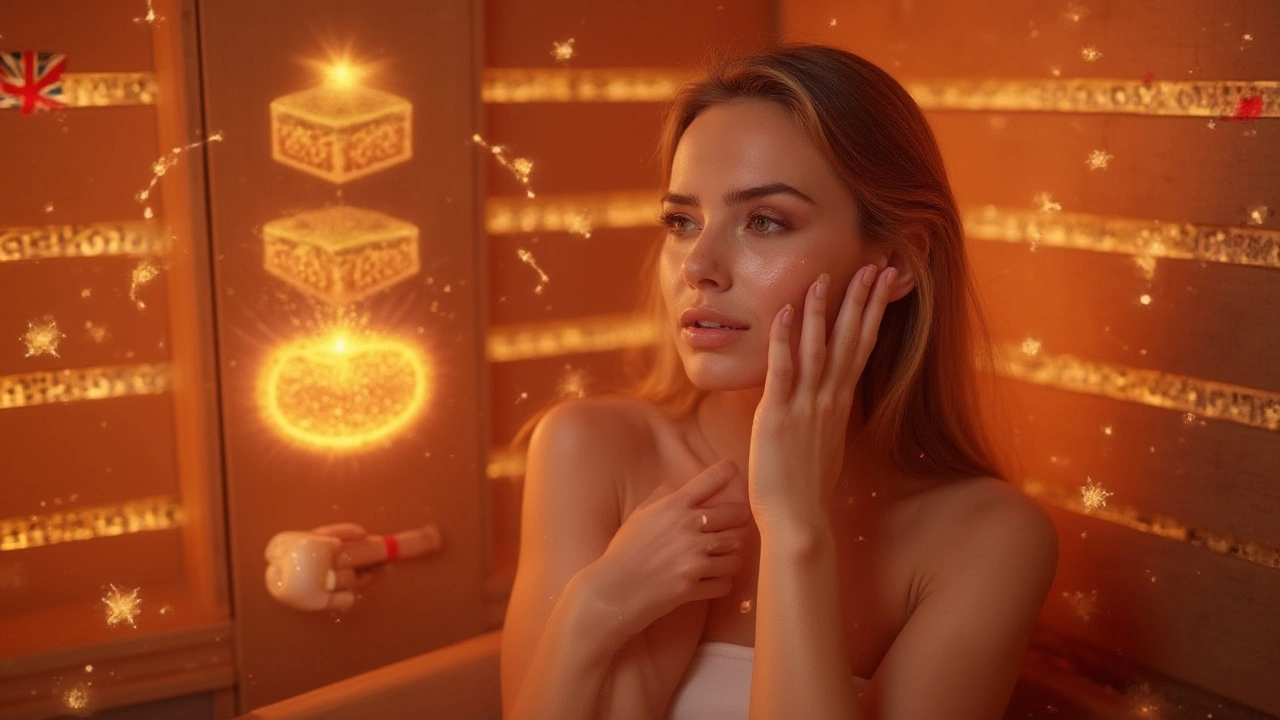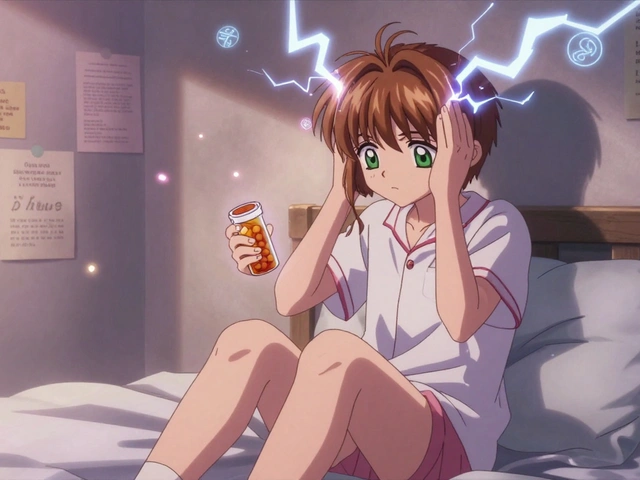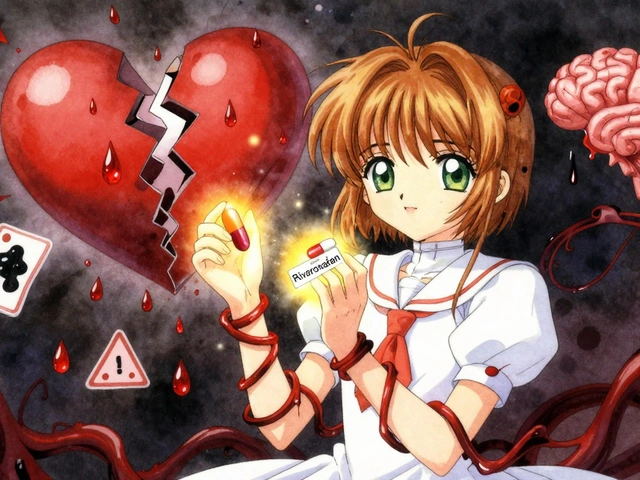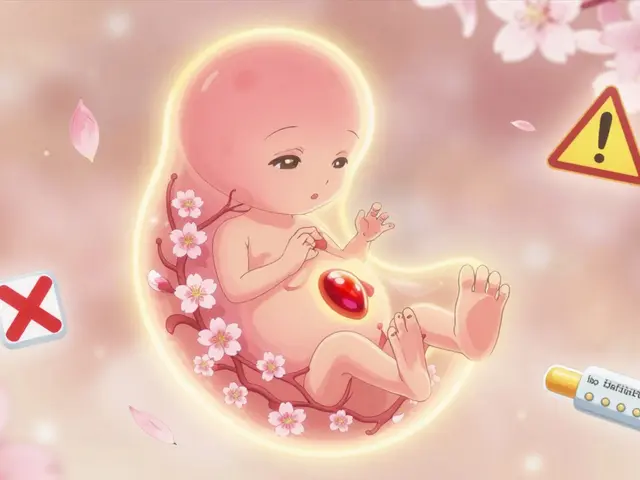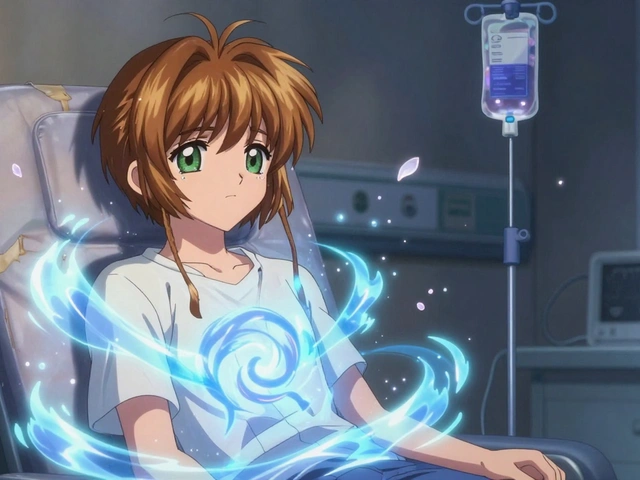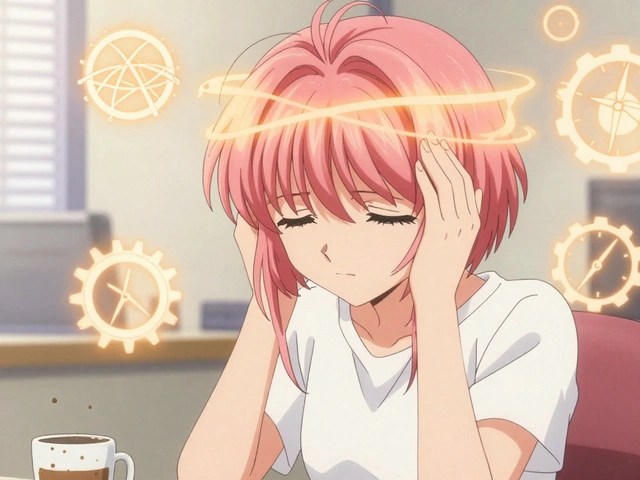Rosacea: Practical Tips to Calm Red, Flare-Prone Skin
Red pimple like flare ups that won't go away? That's rosacea. It shows as redness, visible blood vessels, bumps, and sometimes eye irritation. Many people get frustrated because treatments can take weeks to work. This page gathers clear, usable advice so you can spot triggers, try safe home steps, and know when to see a dermatologist.
Rosacea isn't acne and it isn't just blushy skin. The exact cause is unknown but a mix of genetics, skin barrier problems, tiny blood vessel changes, and microbes play a role. Common triggers include sun, hot drinks, spicy food, alcohol, heat, cold, stress, and some skin care ingredients like alcohol and harsh exfoliants. Track what sparks your flare ups for two weeks — you will be surprised how often a single habit is the culprit.
Daily care that helps
Start with gentle skin care: use a mild, fragrance free cleanser once or twice daily and pat dry — do not rub. Pick a moisturizer labeled for sensitive skin; ingredients like ceramides and niacinamide help rebuild the skin barrier. Always use a broad spectrum sunscreen SPF 30 or higher every morning. Physical sunscreens with zinc oxide or titanium dioxide are often better tolerated by sensitive red skin.
Avoid strong actives unless your doctor approves. Retinoids, strong acids, and high concentration vitamin C can worsen redness for some people. Instead, consider azelaic acid gel or metronidazole cream — both are common first line topical treatments for rosacea and tend to calm inflammation without excessive irritation.
Treatments your doctor may suggest
For persistent or widespread bumps and inflammation, dermatologists often prescribe oral antibiotics like doxycycline at low doses. They work mainly by reducing inflammation rather than killing bacteria. For stubborn cases, topical ivermectin or higher strength azelaic acid may be used. If visible blood vessels are a major problem, laser or intense pulsed light treatments can shrink them and reduce redness. Eye symptoms may need special eye drops and care from an ophthalmologist.
Lifestyle tweaks matter. Cut back on known personal triggers, keep your face cool, avoid hot showers, and use lukewarm water. When eating out, sip cold drinks and avoid spicy dishes if they flare you. Manage stress with simple routines — short walks, timed breathing, or sleep habits can reduce flare frequency.
Make up and camouflage: Use green tinted primers or mineral makeup to neutralize redness. Test new products on a small area first and remove makeup gently at night.
When to see a dermatologist: If redness affects your confidence, if bumps spread, if your eyes feel gritty or painful, or if home measures do not help after a few months. Early care limits skin damage and can control symptoms faster.
Rosacea varies between people, so expect some trial and error. Keep a short diary of treatments and triggers and bring it to appointments. That record helps your provider fine tune a plan that really works for you.
If cost or access is a problem, ask your doctor about generic options, samples, or local programs that help afford treatment.
Infrared Saunas and Rosacea: Can Heat Trigger Sunburn-Like Flare-Ups?
Does heat from infrared saunas trigger rosacea flare-ups or sunburn-like reactions? Explore scientific facts, skin protection tips, and dermatologist advice.

